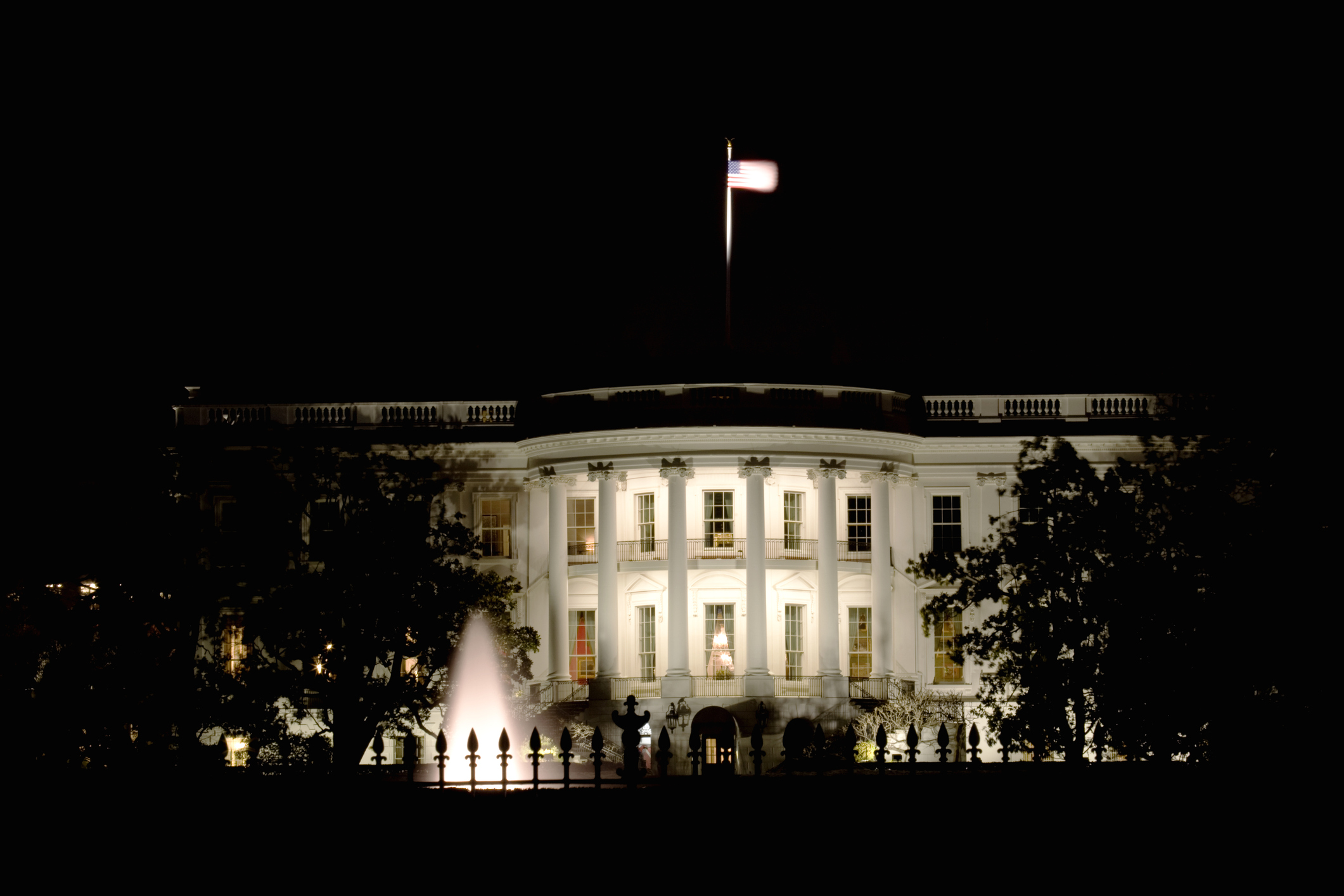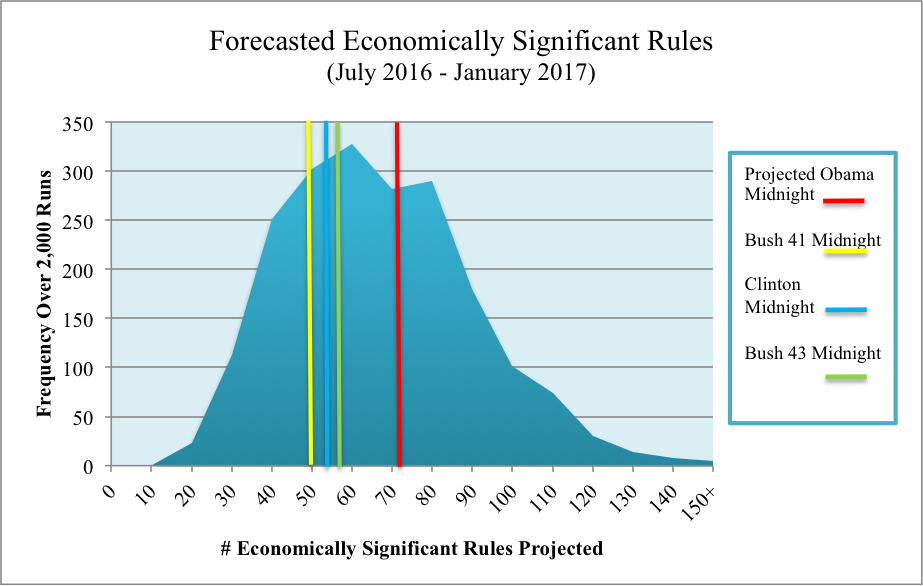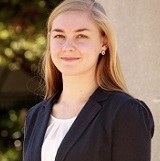
Research forecasts a substantial increase in economically significant rules that would outpace that of the past three presidents’ final months.
What will the last few months of the Obama Administration mean for regulatory policy? If history is any guide, it will mean a significant uptick in regulatory activity as agencies wrap up their priorities in anticipation of a new President with a different regulatory agenda. The George Washington University Regulatory Studies Center recently released a report on these “midnight regulations” that uses historical data to project just that: a substantial increase in economically significant rules during the Obama Administration’s remaining months. This predicted increase in midnight regulation would outpace that of Presidents George H.W. Bush, Bill Clinton, and George W. Bush.
Midnight rules are far from a new phenomenon. The midnight period—typically defined as the period between the presidential election in November and Inauguration Day on January 20th of the following year—has seen significant increases in regulatory activity across administrations, with some scholars dating the existence of midnight regulations as far back as 1948.
These midnight regulations trouble some onlookers and scholars because the perceived last-minute rush to regulate has been found, in some studies, to give rise to less thorough regulatory analysis and fewer opportunities for public participation. Policymakers and the regulated community have a stake in these regulatory outcomes, particularly since so much policymaking now occurs in the regulatory arena rather than in Congress. These stakeholders are concerned about potential midnight rulemaking in this Administration, especially given the perception that President Obama has been more active on the regulatory front than his predecessors.
In our report, which I co-authored with my colleague, Daniel Pérez, we relied on publicly available data on rulemaking during past presidential transitions—as well as data on regulatory trends during the Obama Administration—in order to build quantitative models that forecast how many economically significant final rules federal agencies are likely to issue before January 2017. (Pérez’s analysis focuses on independent regulatory agency activity, while mine examines executive branch agency regulatory activity.)
Based on rulemaking trends during previous midnight periods, my probabilistic model forecasts that more than 70 economically significant rules will be added to the regulatory code between July 2016 and January 2017. This represents an increase of more than 100 percent of the pace of rulemaking from President Obama’s current average rate of rulemaking. Economically significant rules, which are defined as rules incurring more than $100 million in annual benefits or costs, are of primary interest in this analysis because of their greater economic effect. If these forecasts are correct, agencies will add at least $7 billion in new annual regulatory impacts during the last seven months of President Obama’s Administration. Although these costs and benefits will be initiated during the Obama Administration, their effect will continue to be felt during the next presidential administration and beyond.
 Notably, this model predicts that regulation during the last seven months of the Obama Administration is likely to outpace that of his predecessors. This is not surprising given that President Obama’s average rate of economically significant rulemaking through 2015 has been at least 25 percent higher than those of Presidents George H.W. Bush, Bill Clinton, and George W. Bush through their respective penultimate years in office.
Notably, this model predicts that regulation during the last seven months of the Obama Administration is likely to outpace that of his predecessors. This is not surprising given that President Obama’s average rate of economically significant rulemaking through 2015 has been at least 25 percent higher than those of Presidents George H.W. Bush, Bill Clinton, and George W. Bush through their respective penultimate years in office.
Theoretically, interested stakeholders could also use predicted rulemaking timelines from the Unified Agenda of Federal Regulatory and Deregulatory Actions—a compilation of mandated agency-produced reports about the agencies’ planned regulatory actions—to forecast midnight regulations. But this is far from an accurate measure. Presidents historically have published a greater number of final rules during their final year in office than the information contained in the preceding Unified Agenda had signified would be the case. For example, President George W. Bush’s agencies published 30 percent more economically significant rules during his final year in office than were predicted by the preceding Unified Agenda, and President Clinton’s agencies’ rulemakings exceeded predictions by 70 percent.
The historical midnight periods included in the report’s dataset may differ from the Obama Administration’s forthcoming midnight period in one crucial respect: these midnight periods occurred during a transition from one political party to the other occupying the White House, which theoretically provides agencies with a greater incentive to finish outstanding regulatory priorities. If President Obama is succeeded by a Democratic President, we may see a less aggressive pace of regulation during the post-election period than forecasted in our report. If that is the case, it will provide an additional set of crucial data points that will help researchers predict regulatory activity during the midnight periods of intra-party administration transitions in the future.
Many uncertainties abound in an election year. But one thing we know for certain is that a presidential transition means increased regulatory activity from executive agencies. Given the pervasiveness of midnight regulations, the latest report from the GW Regulatory Studies Center provides insights for policymakers and the regulated public on what to expect during President Obama’s final months.
Source of graph: Sofie E. Miller, “Chapter 2 – Modeling “Midnight”: A Quantitative Forecast of Regulatory Activity” in The Final Countdown: Projecting Midnight Regulations. The George Washington University Regulatory Studies Center. July 2016.




